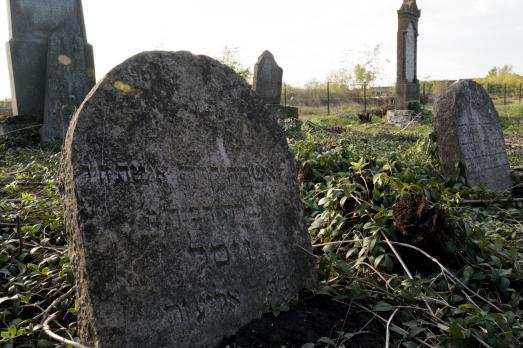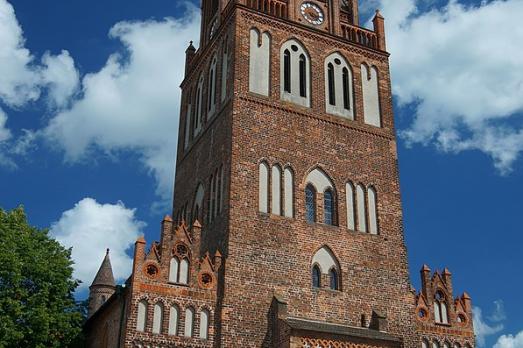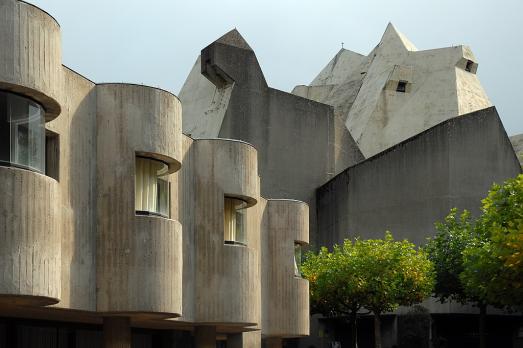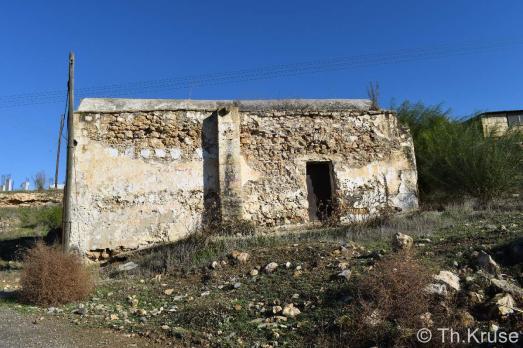
Martonos Jewish Cemetery
Martonos, RS
The cemetery has about 10 tombstones that have been preserved. The site was fenced by ESJF in November 2019.
Here you can search for a building to visit. You can use the map find destinations, or you can use the filters to search for a building based upon what different criteria.

Martonos, RS
The cemetery has about 10 tombstones that have been preserved. The site was fenced by ESJF in November 2019.

Amersfoort, NL
Modern church without tower with the name Martuskerk. Expansion in 2004, Architect Braakman, A. The church has been expanded and renovated. Saturday April 24, 2004 there was an open day. Architect is Blokhuis & Braakman from Amersfoort. (52-04) Built as Reformed Church Liberated, after merger in 2023 NGK.
Bedum, NL
Modern building to the left of the historic NH Pauluskerk, also in use for small church services. Furthermore, various rooms for church and non-church activities. The church office of the Protestant Community of Baarn is also located here.

Eberswalde, DE
Mary Magdalene Church was built between 1285 and 1333 as a three-nave basilica without a transept, but with two side chapels parallel to the choir room. It has an early Baroque high altar and a bronze fifth altar from the 14th century.
Westminster, GB
Part of the headquarters of the Mothers' Union, this chapel is full of images and artwork celebrating women. Windows show images of Julian of Norwich and St Hilda of Whitby, and the roll of honour remembers the names of members of the Union who lost their lives during wartime.

Velbert, DE
Construction of the church and pilgrimage center Mary, Queen of Peace in Velbert-Neviges began in 1966 as a result of a competition from 1963/1964. The church was consecrated in 1968. It was planned by the architect Gottfried Böhm, the first German Pritzker Price winner (1986). The church is one of the most daring folded concrete constructions of the modern age.

Masari, CY
The church of Agios Antonios was built in the 15th century and is located on the southwestern edge of the old village centre. The church has a single nave, barrel vaulted and very few pier buttresses. According to Gunnis, there were frescoes on the wall and whitewashed in the 20th century. However, there are no remains of frescos today but there is one possibility that some remains can be still under the plaster.

Masi, NO
Masi Church is a long church built in 1965 after German forces burned down the previous church consecrated in 1931 in 1944. Today the service is celebrated in Sámi and Norwegian.
Nijkerk, NL
Moroccan mosque on site of demolished barracks .
Maassluis, NL
Masjid Sayidina Ibrahim Moskee is a newly built mosque in Maassluis.

new
The Chassidic Route is a cultural and historical trail tracing the rich legacy of Jewish communities in southeastern Poland and western Ukraine. This region was central to the rise of Chassidism in the 18th century. Here, we highlight 10 remarkable synagogues you’ll discover along this route.

he cradle of the Industrial Revolution in Germany, Chemnitz, is well-known for its industrial heritage landscape, but the city is also home to remarkable examples of religious architecture from different historical periods. Join us as we explore the key landmarks of this European Capital of Culture 2025.

The twin towns of Nova Gorica (Slovenia) and Gorizia (Italy), lying on the border between the two countries, have a rich religious heritage, steeped in centuries of tradition. If you are looking for ideas for your visit, take note of these 10 religious sites that you should not miss.